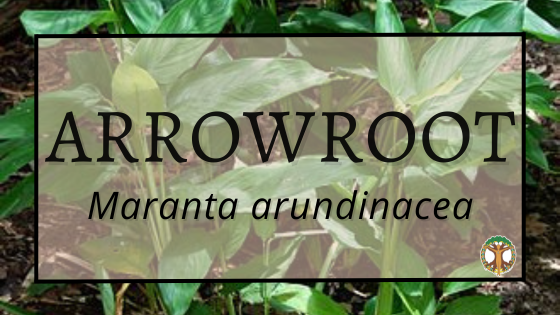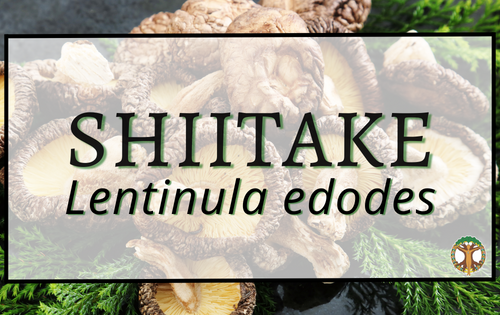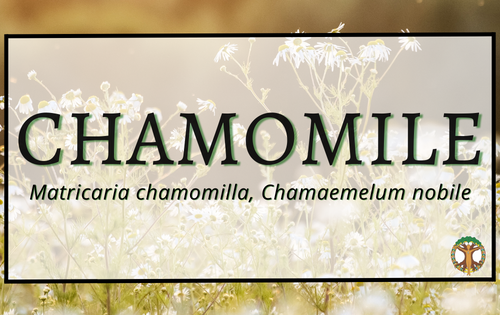
Arrowroot
Latin Name: Maranta arundinacea
Common Names: Arrowroot, Bermuda arrowroot, St. Vincent arrowroot, West Indian arrowroot, Maranta starch
Family: Marantaceae
Habitat: Native to the tropics from Mexico south to Brazil, this herbaceous perennial can grow up to 5ft. tall and prefers the moist understory in bright pockets within the forest. Leaves are lanceolate and can be 2-10” long, and pairs of white blooms form after the plant has been growing for at least 90 days. The rhizomes, which are the part harvested for food and medicine are ready to harvest after about a year. Plants rarely form viable seed, so much reproduction is done via replanting rhizomes with a bud. Easy to grow in our Florida climate!
Parts Used: rhizome
History/Tradition: The rhizomes of this plant have been used across the world as a thickening agent in foods and medicines as well as a carrier powder for pigments in makeups. The common name, Arrowroot, comes from the long history of the rhizomes being used as an antidotal poultice for poison arrows in the jungles of South America! This nourishing herb can be really helpful with upset stomachs, sunburns, and even wounds.
Margaret Grieve of A Modern Herbal has a great materia medica on the amazing properties of Arrowroot. Here is an excerpt from her article that describes the process of extracting the starch from the rhizomes:
“The starch is extracted from rhizomes not more than a year old. They are washed, pulped in wooded mortars, stirred in clean water, the fibres wrung out by hand, and the milky liquor sieved, allowed to settle, and then drained. Clean water is again added, mixed, and drained, after which the starch is dried on sheets in the sun, dust and insects being carefully excluded. The starch yield is about one-fifth of the original weight of the rhizomes. It should be odourless and free from unpleasant taste, and when it becomes mouldy, should be rejected. It keeps well if quite dry. The powder creaks slightly when rubbed, and feels firm.”
Indications: Arrowroot is most commonly used as a food as it is very easily digestible, but it also has a history of medicinal use, including for the treatment of urinary tract infections and indigestion.
Systems: digestive, musculoskeletal, urinary
Actions: demulcent and nutritive, mild laxative
Cautions: none
Constituents: starch
Culinary Use: Arrowroot is often used as a thickener for soups and stews, as well as sauces, puddings and desserts. Since it thickens at lower temperatures than other starches, it is used widely and also does not break down when frozen. It is also included in many gluten free flour blends and helps to lighten the texture of the end product.
Other Uses: Arrowroot is also the larval host plant for several moth and butterfly species including the Soybean moth, the Cuban skipper, the Fogged skipper, the Calpodes skipper, and Suffused Salina.
References:
https://www.botanical.com/botanical/mgmh/a/arrow064.html
https://en.wikipedia.org/wiki/Maranta_arundinacea
https://www.britannica.com/plant/arrowroot
Written by Jaime Pawelek















